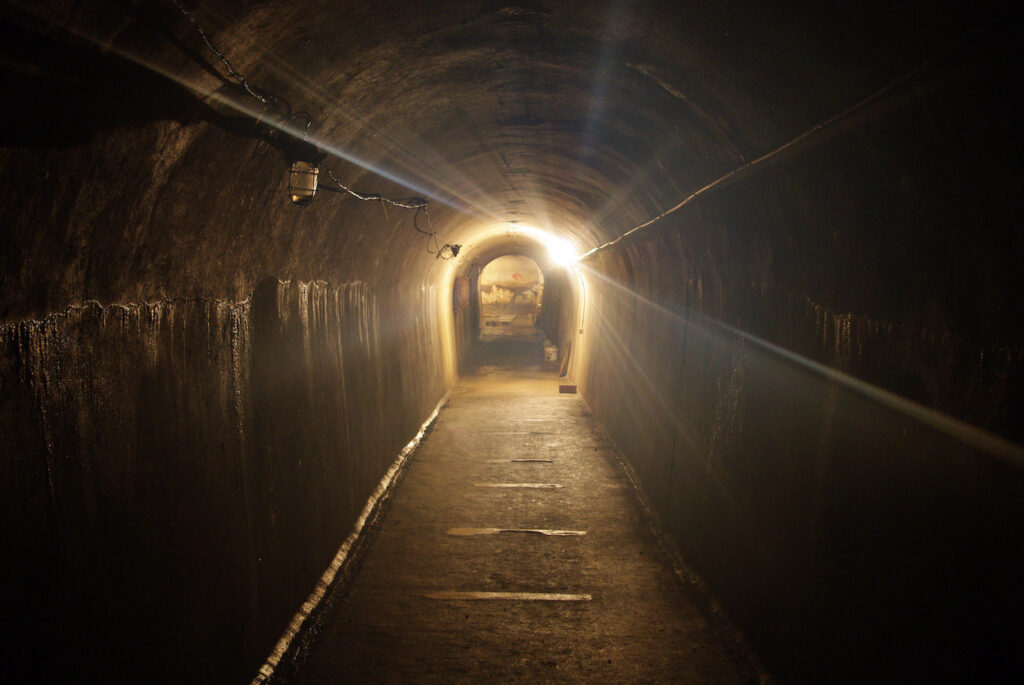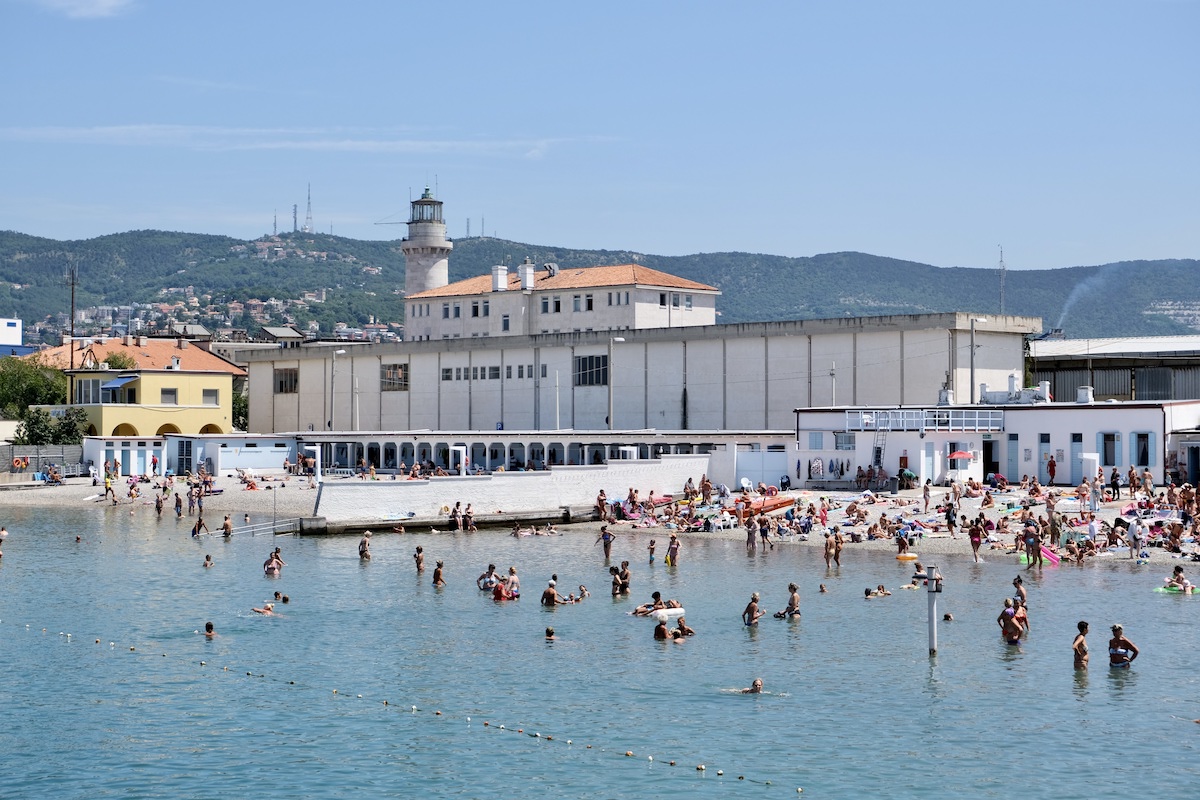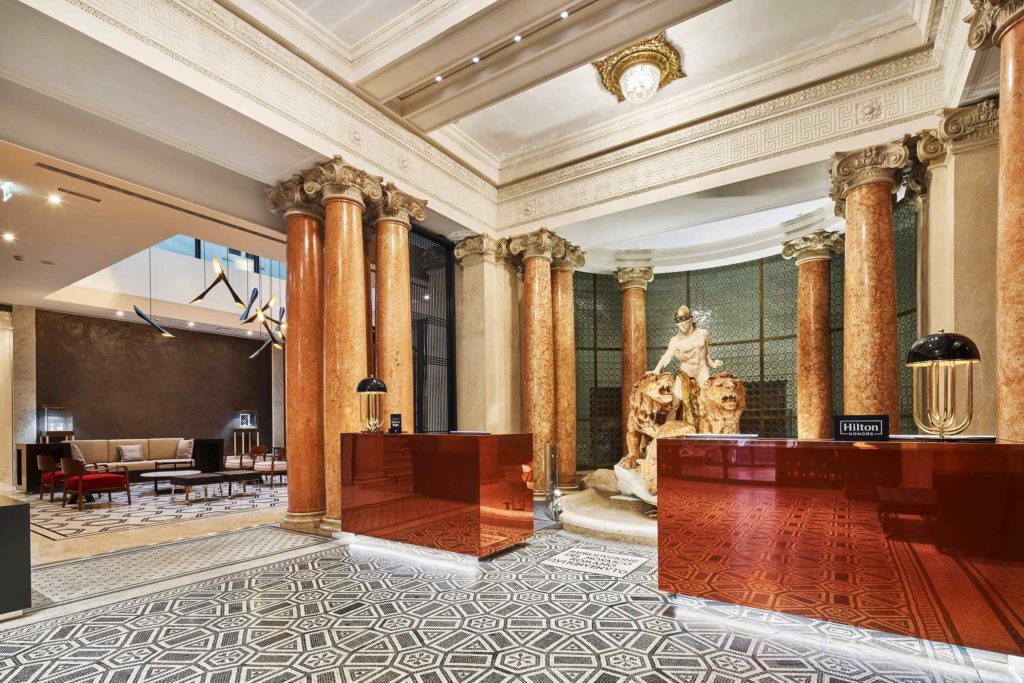Unusual Trieste: the most curious places to discover in the city
Going beyond Piazza Unità d’Italia and the castles of San Giusto and Miramare, beyond the historic cafés and all the other classic attractions that the city has to offer, there is an unusual Trieste capable of surprising the most curious travelers (and not only them).
Are you ready to be surprised? Today we bring you to discover 3 very special places in Trieste (plus one bonus).
Kleine Berlin, the underground Trieste
The first unusual place to see in Trieste is actually located below the city itself, well hidden in the center. ‘Kleine Berlin‘, as it is called, is an extensive complex of underground tunnels dating from the years of the Second World War. It is divided into two zones: the first, built by the Italians, had the function of an air-raid shelter for the population of Trieste. The second was instead built by the German military and used as a warehouse by the SS, who from 1943 had here a coordination headquarters. The local commander, Globocnik, also used the galleries to move safely from his home to the offices in the Palace of Justice.
The complex of Kleine Berlin can still be visited thanks to the activity of some volunteers of the Mountaineering Club of Trieste, who organize guided tours every last friday of the month.

The rose garden of San Giovanni
Trieste also houses one of the largest rose gardens in Italy: it is located in the park of San Giovanni, reopened to the public in 2009 after a restoration, and inside it you can admire over 5000 varieties of roses even very rare. There are just few tourists that come this far, near the University of Trieste, and even fewer know about the fascinating history of this complex.
The park of San Giovanni was originally part of the city psychiatric hospital, built by the Habsburgs in the early twentieth century. In the seventies the hospital was directed by Franco Basaglia, who right here in Trieste began to put into practice new methods of treatment of patients with psychiatric disorders: the park of San Giovanni played a central role in those years, becoming an open space where citizens and patients could meet and break down barriers. Basaglia’s work then culminated in the reform that bears his name and that definitively closed the asylums in Italy in 1978.

The Lanterna Bath and the divided beach
If we talk about curious places of Trieste we have to mention the Lanterna bath, one of the best beaches in the city. The ‘Pedocin’ has remained the only example in Europe of bathing facility with a separation between men and women. Active since 1903, it has a long wall that divides the beach in two: on one side women and children, on the other men. A place just a few minutes walk from Piazza Unità d’Italia, to which the people of Trieste remain so fond that they have opposed on several occasions to a possible demolition of the wall.

The hotel inside the insurance company building
The DoubleTree by Hilton also has several curiosities to discover: the building that welcomes us was built as a new home for the RAS insurance company in 1914 and many of its peculiarities have been preserved in the restoration for the opening of the hotel in 2019.
You can visit the page dedicated to history and fun facts and then recognize all the signs of the past upon arrival at the hotel, starting from the entrance gate and the imposing marble fountain ready to welcome you at reception.



Leave a comment